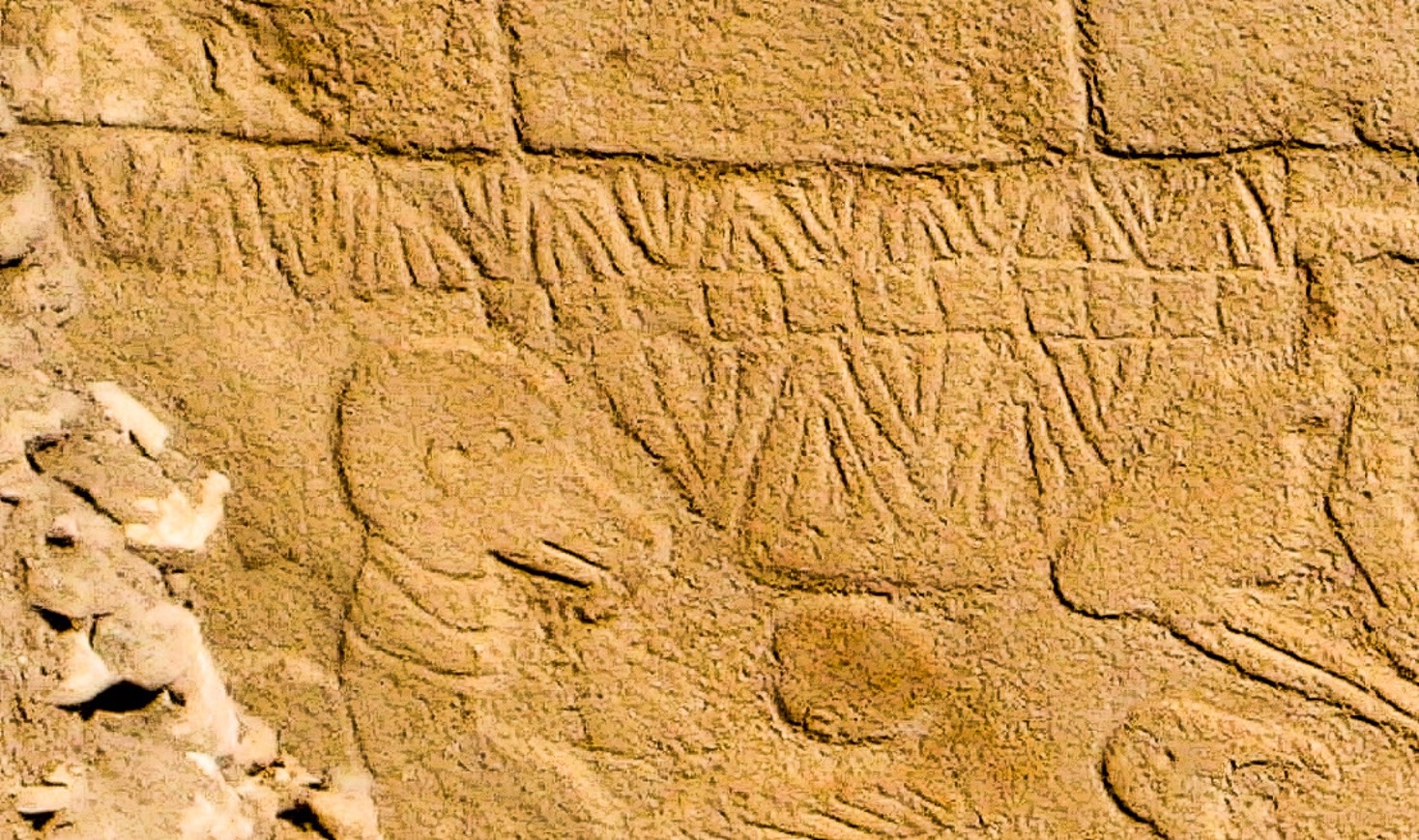World
Carvings at Göbekli Tepe might be world’s oldest calendar

A series of carving on stone pillars at Göbekli Tepe could be an astronomical record of an event that triggered a key shift in human civilisation.
Göbekli Tepe is a temple complex and multi-phase tell, located in the South-eastern Anatolia Region of Turkey.
– Advertisement –
The site first attracted the attention of archaeologists from Istanbul University and the University of Chicago in 1963, who initially interpreted the T-shaped pillars as grave markers from the Aceramic (pre-pottery) early Neolithic period.
Archaeologists have since determined that the tell contains three distinct layers, with Layer III consisting of circular compounds or temene, and nearly 200 T-shaped limestone pillars.
The layout of Göbekli Tepe follows a geometric pattern, in the form of an equilateral triangle that connects enclosures, suggesting that the early builders had a rudimentary knowledge of geometry.
A recent study of V-shaped symbols carved onto pillars at Göbekli Tepe reveals that each V-shape could represent a single day. This interpretation shows a solar calendar of 365 days on one of the pillars, consisting of 12 lunar months plus 11 extra days.
– Advertisement –
The summer solstice is represented by a V worn around the neck of a bird-like beast, while other nearby statues (possibly representing deities) have similar V-shape markings at their necks.
According to a press statement issued by the University of Edinburgh: “Since both the moon’s and the sun’s cycles are depicted, the carvings could represent the world’s earliest so-called lunisolar calendar, based on the phases of the moon and the position of the sun – pre-dating other known calendars of this type by many millennia.”
The researchers suggest that these carvings record a swarm of comet fragments that impacted with the Earth nearly 13,000 years ago, causing a mini Ice Age that lasted over 1,200 years. This event may have started a new cult or religion in the Anatolia Region that influenced the development of civilisation.
Dr Martin Sweatman, from the University of Edinburgh said: “It appears the inhabitants of Göbekli Tepe were keen observers of the sky, which is to be expected given their world had been devastated by a comet strike.”
“This event might have triggered civilisation by initiating a new religion and by motivating developments in agriculture to cope with the cold climate. Possibly, their attempts to record what they saw are the first steps towards the development of writing millennia later,” added Dr Sweatman.
Header Image Credit : Dr Martin Sweatman
Sources : Representations of calendars and time at Göbekli Tepe and Karahan Tepe support an astronomical interpretation of their symbolism. https://doi.org/10.1080/1751696X.2024.2373876
– Advertisement –









